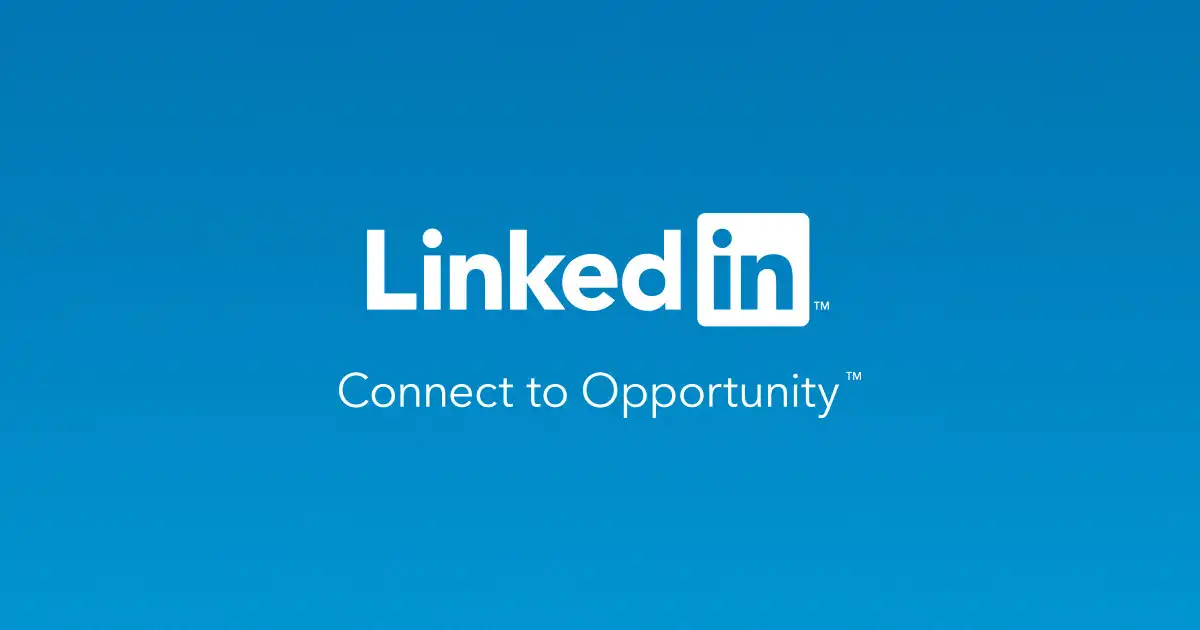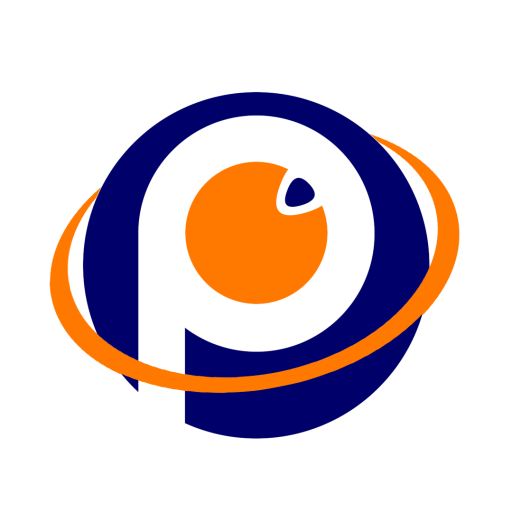
LinkedIn is a professional networking platform that combines elements of social networking with tools tailored to professional and business needs. Launched in 2003, it is now owned by Microsoft and serves as one of the leading platforms for career development, business connections, and industry networking. Here’s a detailed breakdown:
1. Purpose and Overview
- Professional Networking: LinkedIn helps users connect with colleagues, industry peers, and professionals worldwide.
- Job Opportunities: It serves as a platform where employers post job vacancies and job seekers can apply or showcase their skills.
- Personal Branding: Users can build a professional profile to showcase their experience, achievements, skills, and endorsements.
2. Key Features
a. Profiles
- Professional Summary: A space to describe career goals, specialties, and expertise.
- Experience Section: Allows users to list work history, roles, achievements, and projects.
- Education and Certifications: Users can add details about their academic qualifications and professional certifications.
- Skills and Endorsements: Professionals can highlight their skills, and connections can endorse them.
- Recommendations: Connections can write recommendations, adding credibility to a user’s profile.
b. Networking
- Connections: LinkedIn’s equivalent of “friends” or “followers.” You can send connection requests and build a network.
- InMail Messaging: Premium feature that allows direct messaging to non-connections for networking or business inquiries.
- Groups: Users can join groups related to industries, interests, or organizations to engage in discussions and share ideas.
c. Job Portal
- Job Search: A dedicated section for browsing job openings based on industry, location, and seniority.
- Easy Apply: Many jobs allow users to apply directly with their LinkedIn profiles.
- Job Alerts: Users can set up notifications for jobs matching specific criteria.
- Skill Assessments: Short quizzes allow users to showcase verified skills to potential employers.
d. Content Sharing
- Posts and Articles: Users can share updates, industry news, or write long-form articles to establish expertise.
- LinkedIn Pulse: A publishing platform for sharing insights and thought leadership.
- Videos and Media: Users can share videos, images, and other media to engage their audience.
e. Company Pages
- Business Presence: Companies can create pages to share updates, job postings, and insights.
- Employee Connections: Employees can link their profiles to the company page, showcasing their affiliation.
f. Learning (LinkedIn Learning)
- Online Courses: A library of courses across topics like technology, business, design, and personal development.
- Certifications: After completing a course, users can earn certificates to display on their profiles.
g. Analytics
- Profile Views: Users can see who viewed their profiles and how they’re being discovered.
- Post Engagement: Insights into likes, comments, and shares on posts or articles.
h. Sales and Business Development
- LinkedIn Sales Navigator: A premium tool for advanced prospecting, lead generation, and relationship building.
- Company Insights: Analytics on company size, growth, and employee statistics.
3. LinkedIn for Businesses
- Recruitment: Companies use LinkedIn for sourcing talent and posting jobs.
- Marketing: LinkedIn Ads and Sponsored Posts allow businesses to target professionals based on their roles, industries, and interests.
- Branding: Sharing success stories, product updates, and thought leadership content helps establish a strong corporate presence.
4. Membership Plans
- Free Plan: Basic features like profile creation, job searching, and basic networking.
- LinkedIn Premium: Offers features like InMail, advanced job insights, and LinkedIn Learning.
- Career Plan: Tailored for job seekers.
- Business Plan: For entrepreneurs and small businesses.
- Sales Navigator: Focused on sales professionals.
- Recruiter Lite: Designed for recruiters.
5. Benefits of LinkedIn
- Professional Growth: Users can connect with mentors, peers, and industry leaders.
- Learning Opportunities: LinkedIn Learning and industry insights help users upskill.
- Recruitment and Talent Acquisition: A robust tool for HR professionals and companies.
- Global Reach: Facilitates networking beyond geographical boundaries.
- Thought Leadership: Encourages individuals and companies to establish themselves as leaders in their fields.
6. Privacy and Security
- Profile Visibility Controls: Users can control who sees their profile, connections, and activity.
- Blocking and Reporting: Options to report fake profiles, harassment, or spam.
- Secure Messaging: LinkedIn ensures secure communication between users.
7. How to Use LinkedIn Effectively
- Optimize Your Profile: Add a professional photo, write a compelling headline, and keep your profile updated.
- Engage with Content: Like, comment, and share posts to stay visible in your network.
- Build a Network: Send personalized connection requests to professionals in your field.
- Stay Active: Regularly post updates or articles to showcase your expertise.
- Leverage Premium Features: Use InMail and advanced job insights if your goals require them.
LinkedIn is a valuable platform for career advancement, professional relationships, and business growth. Its focus on professionalism and networking makes it unique compared to other social platforms.


Engr MK
Awesome